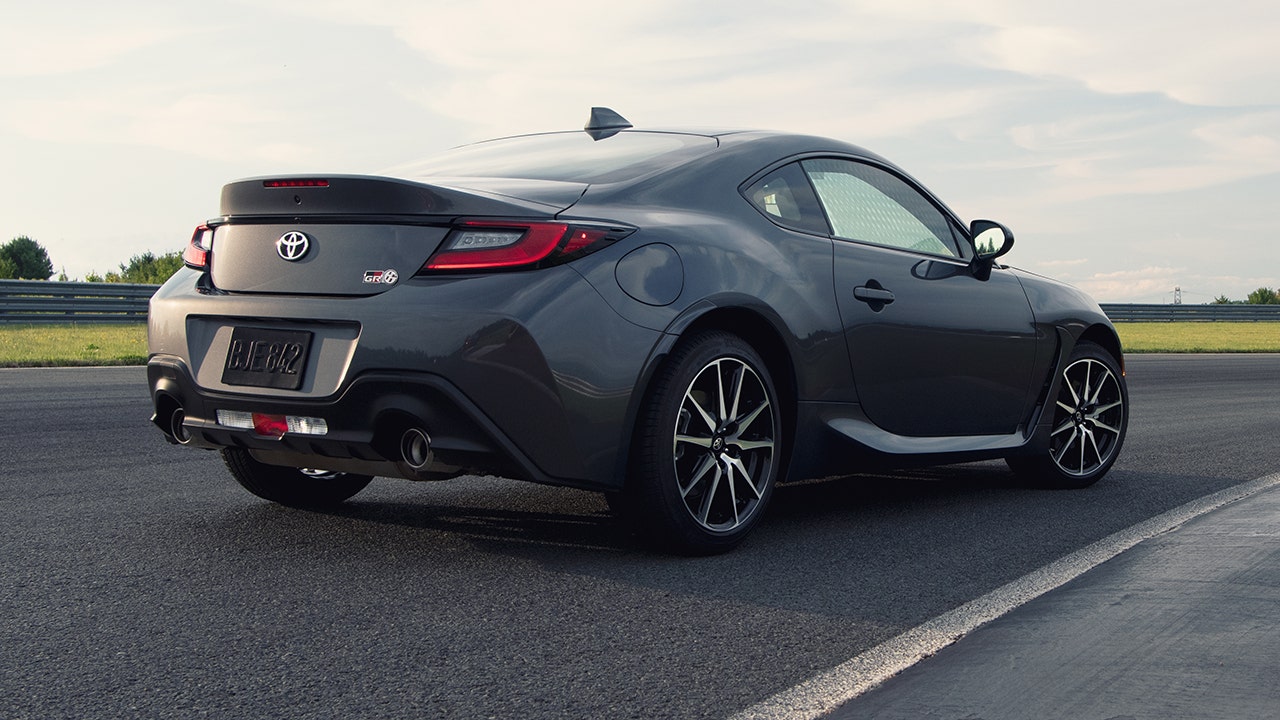Shop At Haya: Your Ultimate Shopping Guide
Discover the best shopping tips, trends, and deals for a smarter buying experience.
Speed Demons and Dream Machines
Unleash your inner speed demon! Explore the thrilling world of dream machines, racing legends, and automotive adventures. Join the ride now!
Top 10 Fastest Cars of All Time: Speed Demons Unleashed
When it comes to automotive engineering and performance, the fastest cars of all time are nothing short of marvels. These speed demons showcase the pinnacle of technology and design, consistently breaking records and pushing the limits of what we thought was possible. From sleek, aerodynamic bodies to powerful engines that roar with intensity, these vehicles embody speed and power. In this list, we will unveil the top 10 fastest cars that have graced the roads, each a testament to human innovation and passion for speed.
- Bugatti Chiron Super Sport 300+: Topping the list with an astounding speed of 304 mph, this car redefines performance with its quad-turbocharged W16 engine.
- SSC Tuatara: With a claimed speed of 283 mph, the Tuatara combines lightweight design with raw power.
- Koenigsegg Jesko Absolut: This beast aims to reach speeds beyond 300 mph, blending cutting-edge aerodynamics with an 1,600-horsepower engine.
- Hennessey Venom F5: Built for speed, it is designed to surpass 300 mph and represents the height of American engineering.
- Bugatti Veyron Super Sport: Once the fastest car in the world, it still impresses with its 267 mph top speed.
- Rimac C_Two: This all-electric marvel delivers an unprecedented blend of speed and sustainability, reaching a top speed of 258 mph.
- McLaren Speedtail: With a focus on speed and aerodynamics, it offers a hybrid powertrain capable of 250 mph.
- Porsche 918 Spyder: This hybrid supercar hits a remarkable 214 mph, combining luxury and speed.
- Aston Martin Valkyrie: With F1 technology, it promises exceptional performance and a top speed of around 250 mph.
- Lotus Evija: This electric hypercar aims for a remarkable 2000 hp and a top speed of 200 mph.

The Evolution of Dream Machines: From Classic Cars to Modern Marvels
The journey of dream machines began in the early 20th century with the advent of classic cars, which were not just vehicles; they represented freedom, luxury, and a sense of adventure. Icons like the Ford Model T and the Jaguar E-Type became symbols of their eras, combining engineering excellence with stunning designs. These classic cars captured the imaginations of many and laid the foundation for future automotive innovations. Their craftsmanship and character continue to inspire car enthusiasts and collectors, proving that the evolution of dream machines reflects not just technology but also cultural shifts and personal aspirations.
As we moved into the 21st century, the definition of modern marvels has drastically transformed. Today's dream machines incorporate advanced technology such as electric drivetrains, autonomous features, and cutting-edge design. Vehicles like the Tesla Model S and the Bugatti Chiron symbolize this shift, demonstrating how performance and sustainability can coexist. Moreover, the rise of smart cars equipped with AI capabilities challenges our traditional notions of driving, making it evident that the evolution of dream machines is as much about innovation as it is about redefining the driving experience.
What Makes a Car a Speed Demon? Key Features and Innovations
When discussing what makes a car a speed demon, several key features come to mind that significantly contribute to its performance. First and foremost, a powerful engine is essential. High-performance engines, often characterized by turbocharging or supercharging, provide the necessary horsepower and torque to propel a car down the road in record time. Furthermore, the weight-to-power ratio is a critical factor; lighter cars with robust engines tend to accelerate faster and achieve higher velocities. Other important features include advanced aerodynamics, which reduce drag, and enhanced suspension systems that improve handling and stability at high speeds.
In addition to hardware, technological innovations play a pivotal role in defining a speed demon. Modern torque vectoring systems allow for better power distribution among wheels, enhancing traction and performance in various conditions. Moreover, the integration of smart driving aids, such as adaptive cruise control and launch control systems, optimizes acceleration and maximizes speed efficiency. Finally, the rise of electric vehicles (EVs) has introduced instantaneous torque to the equation, allowing these cars to outperform traditional combustion engines in many speed tests, thus redefining the very concept of a speed demon.